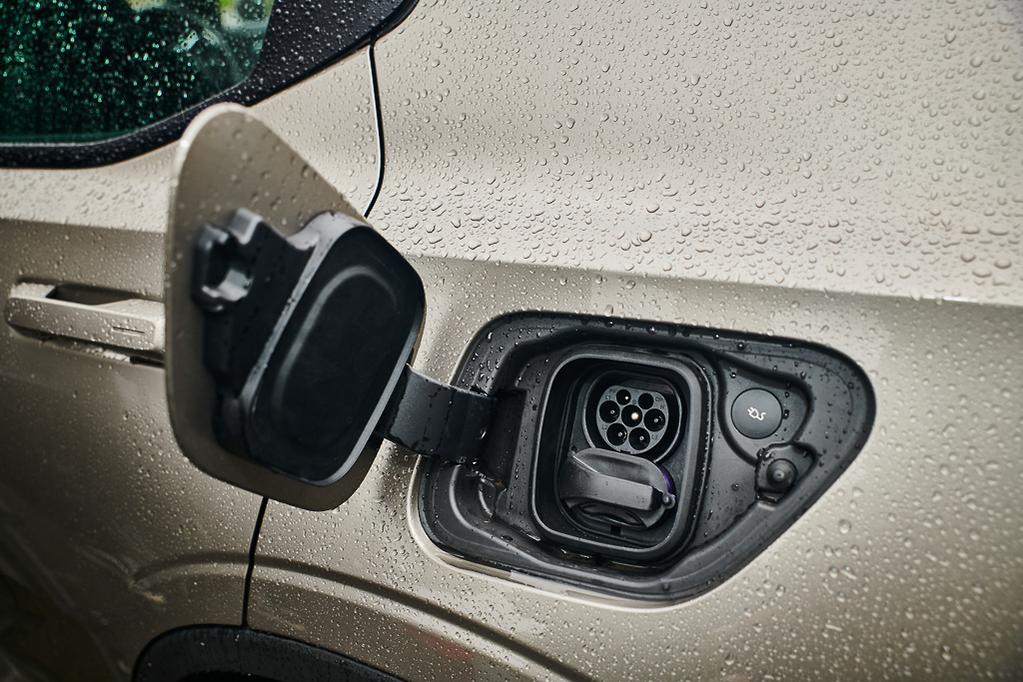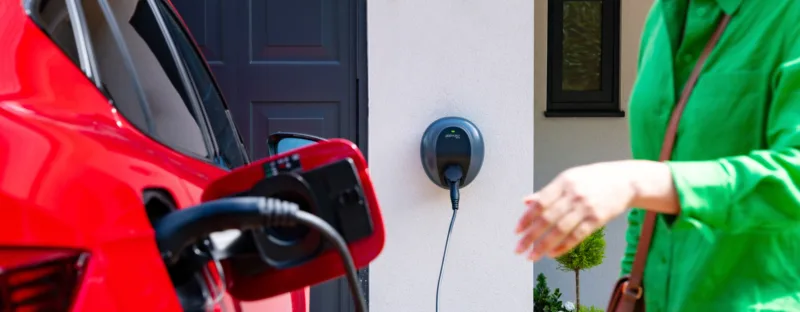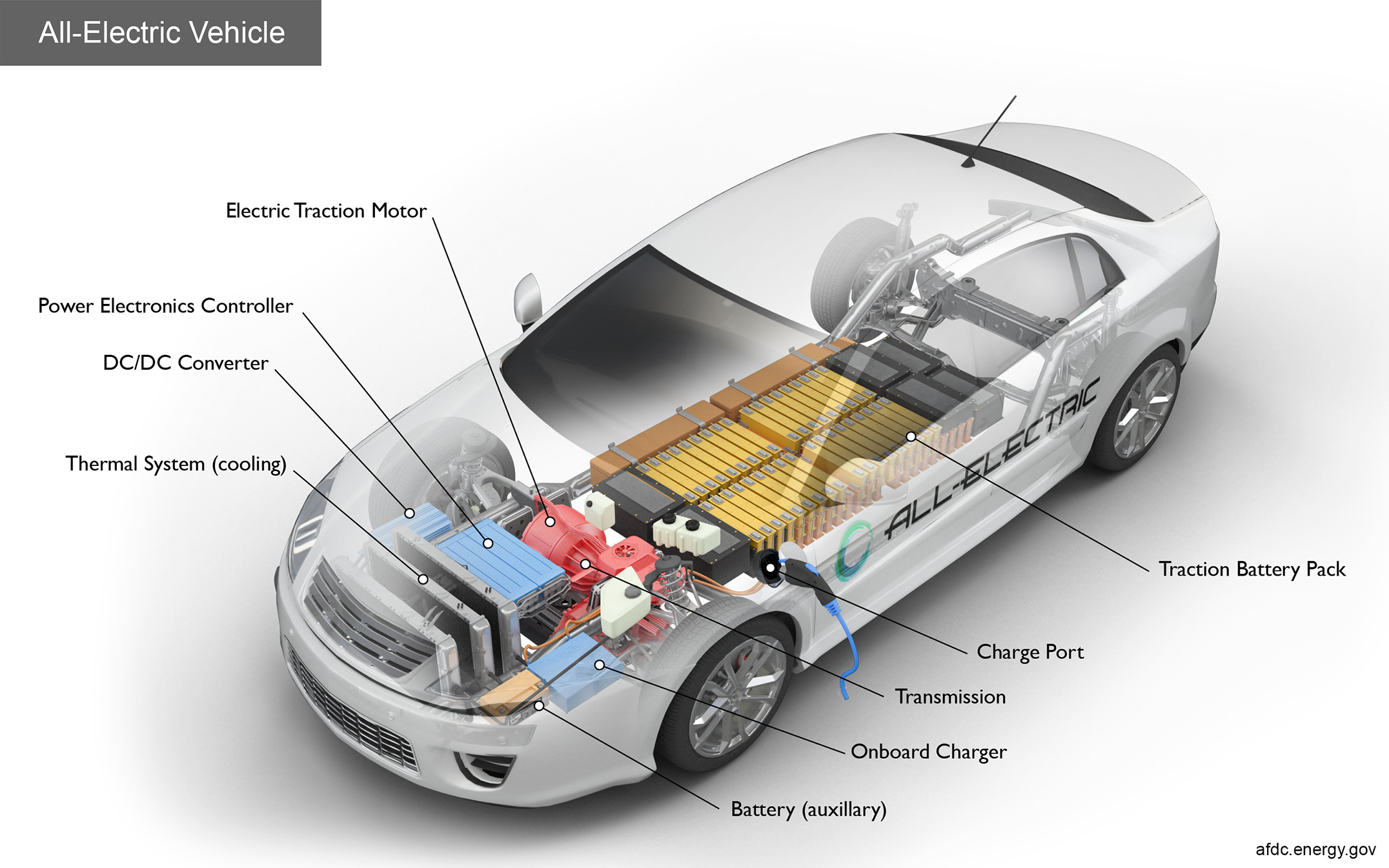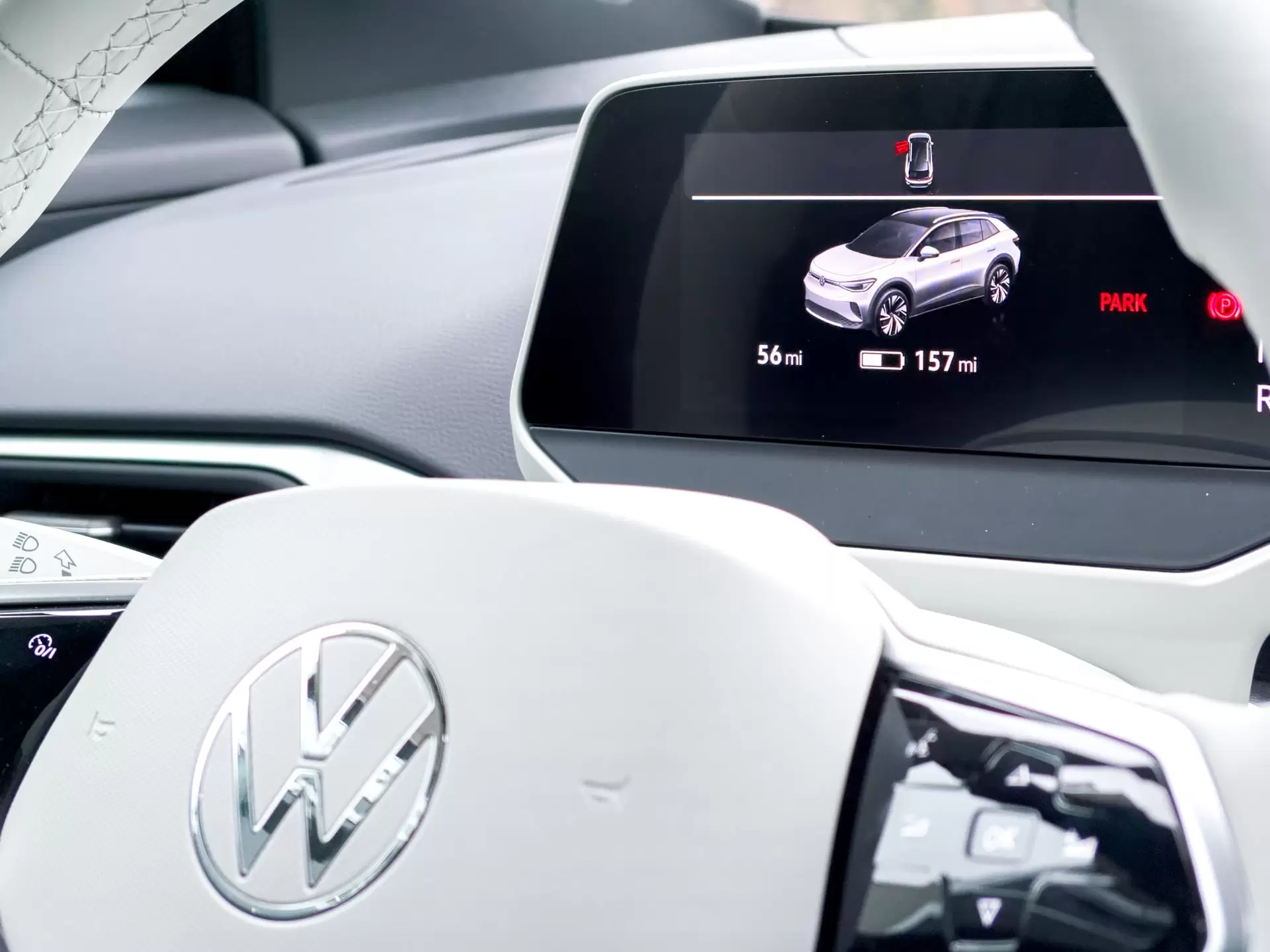Can You Charge an EV in the Rain?
One of the most common questions we receive from EV owners is a simple yet important one: “Is it okay to charge an EV in the rain?” In other words, they are asking, can you charge an EV outside in the rain without electrocuting yourself or severely damaging your vehicle? We’re happy to report that it is safe under almost any normal condition.
Many EV owners are worried about what will happen if they attempt to charge their EV in wet or rainy conditions, and rightfully so. After all, we’ve been taught since primary school that water and electricity just don’t mix.
This guide will cover everything, including what constitutes a ‘normal’ condition and what to do when conditions are too extreme, to put your mind at ease. This way, you’ll know all the do’s and don’ts when it comes to EV safety and charging best practices.

Is It Safe to Charge Your EV in the Rain?
Yes, it’s safe to charge your EV in the rain – we promise. According to the Electric Vehicle Council, EV charging points and cables are weatherproof unless they’re visibly frayed or damaged. This means you won’t have to worry about rainwater getting into the charging system, damaging your EV, or potentially shocking yourself.
Why EV Charging Equipment Is Safe in Wet Weather
IP Ratings and Waterproof Design
An IP, or Ingress Protection rating, is a standardised international rating system used to define and classify the protection an enclosure provides against the intrusion of both solid (dust, dirt, debris) and liquid (water) foreign objects.
An IP rating consists of two digits, where the first number indicates protection against solid objects and the second against liquids. The higher the number, the greater the protection against these foreign solids and liquids. The highest possible rating is 6 for the first digit and 9K for the second digit, which means IP69K is the highest rating available.
How Charging Safety Systems Work
EV charging stations are equipped with several safety mechanisms that are put in place to protect EVs and their owners. Systems such as waterproofing, ground fault circuit interrupters (GFCIs), and insulated connectors make sure that the charging process is as safe as can be, even in the rain.
The current will not flow to the charging plug until there’s a connection through the pilot circuit and it is fully connected to the vehicle. Charging won't even start if there's an issue with the connection. The charging plug has no power until it's fully and properly plugged in.
In the rare event that water seeps in and interrupts charging, the charging equipment is electronically monitored and engineered to shut down automatically.

Tips for Charging Safely in the Rain
EV charging stations are designed to be safe, but that doesn’t mean that accidents can’t happen. Always exercise caution when handling electrical equipment, especially in wet conditions. Keep your hands dry, avoid standing in puddles, and never submerge any part of the charging equipment in water.
Don’t Charge in Floodwater or Storms
This should go without saying, but avoid charging in extreme weather conditions like floods, storms, and lightning. In these conditions, it’s best to either charge at home in the garage (if possible) or wait until conditions clear (preferred). If you are away from home and running on a low charge, it is advisable to park your car and wait it out.
Keep Cables and Hands Dry Where Possible
A clean, dry connection is your best bet. While safety mechanisms are in place, malfunctions can occur in extreme conditions. Making sure your hands are dry and the charging cable is protected will protect you against rainfall and other potentially dangerous weather conditions.
Are Public Charging Stations Weatherproof?
Yes, public charging stations are weatherproof and designed for outdoor use. Most public EV charging stations have very high IP ratings, so they are well-protected against heavy rain and various other weather conditions.
Because Australia experiences extreme weather across several different climate zones, extra care is taken to develop infrastructure that can function as normal in excessively hot or wet conditions.
Charging at Home in Rainy Conditions
Home users are probably the most secure. Wall-mounted chargers under a covering, such as a garage or awning, provide the much-needed weather protection for safe charging during adverse weather or torrential rainfall. For best results, it is highly recommended to seek out a professional for your EV charger installation.
What About Floods or Saltwater Exposure?
Charging an EV in the rain is relatively safe. There are, however, certain associated dangers when charging your EV in extreme weather. In the event of severe weather, it’s best to wait it out and keep your EV parked in a safe location.
If your area is experiencing flash flooding, do not charge your vehicle. Instead, find a location away from the flooded area. Floods can pose what are known as post-flood fire risks.
Exposing your EV’s components to saltwater can create fire and explosion risks. This is due to saltwater acting as an electrolyte and causing short circuits, corrosion, and thermal runaway within the battery.
Summary: Yes, You Can Charge in the Rain, But Use Common Sense
So, can you charge an EV in the rain? With proper equipment in wet but not flooded conditions, there should be minimal risk. However, you should always take extra precautions in extreme weather conditions whenever possible.
Make sure your charging cable is dry and not frayed or exposed in any way. You should also never let water get under the bonnet of your EV and avoid charging during floods at all costs.
Need a Safe, Weatherproof EV Charger?
Be prepared for whatever Australia’s weather throws at you with a professionally installed home EV charger. Browse revcharge’s range of IP-rated, rain-resistant EV chargers and contact us today to request a free quote.





.webp)

